Lo & Behold® Pink Micro Chip Butterfly Bush
$69.50 Original price was: $69.50.$48.65Current price is: $48.65.
- Free Shipping over $25
- Fast & reliable delivery options
- Enjoy top quality items for less
- Multiple safe payment methods

*Available for sale to Oregon and Washington State as ‘Summer Lilac’ or ‘Nectar Bush’.
Butterfly bushes are a classic garden plant for sunny spots, and they are greatly loved for their honey-scented flowers, rich colors, and the hoards of butterflies they attract. These are a joy to see, especially for young children. In recent years, these plants have gone through something of a revolution, and plant breeders have turned a large, awkward shrub that often seeds into local wild areas and damages the environment, into a well-behaved, non-seeding small plant that fits into even the tiniest garden.
The Lo & Behold® Pink Micro Chip Butterfly Bush is the smallest member of this new and exciting group of plants. It grows only 2 feet tall and occupies a space just 2 feet wide. Even in the smallest garden there is room for this plant. In fact, even if you only have a sunny terrace or balcony, you can grow this plant in a container or planter, and enjoy its colorful flowers, and the gorgeous butterflies and even hummingbirds that it attracts. Plant it in the front of a sunny border, perhaps among spring bulbs, which will bring some color before your bush comes into growth. Use it among boulders and gravel mulch, along with spreading evergreens, to create low-maintenance beds in hot, dry parts of the garden. Whatever way you use this plant, you will love it.
Growing Lo & Behold Pink Micro Chip Butterfly Bushes
The Lo & Behold® Pink Micro Chip Butterfly Bush forms a dense, twiggy deciduous shrub. It has narrow, grey-green leaves, about 2 inches long and ¾ of an inch wide. These are carried in pairs along the slender stems. The flowers are carried at the ends of new shoots, which come from the base of the plant, and also from buds along the stems. The flowers are a pinky-purple color, and although each flower is very tiny, they are carried in dense spikes of flowers that are 6 inches long. Each flower spike lasts 7 to 10 days before fading, but by that time more will have formed, so the plant is in bloom more-or-less continuously from late spring to the first hard frost. The flowers have been bred so that they produce no pollen, and they cannot produce seeds, so this plant cannot seed into surrounding areas at all. Even in its first year this plant will be covered in blooms and grow at least a foot tall. In later years it will reach its full height of 2 feet.
Planting Location
When deciding where to plant your Lo & Behold® Pink Micro Chip Butterfly Bush, choose a sunny location for the best growth. This plant loves heat, and thrives in dry places, although newly-planted bushes should be watered regularly until they are established. The best location is in full sun all day long; at least 6 or 8 hours of full sun is needed throughout the growing season for good growth and flowering.
Soil Conditions
Make sure to plant your Lo & Behold® Pink Micro Chip Butterfly Bush in well-drained soil. Wet soil, especially in spring, is a major cause of short life for these plants. If you can, plant in a high spot, not in a low-lying place. Butterfly bush grows best in sandy soil. If your soil is not sandy, a good solution is to plant on a low mound, perhaps 6 inches high. Do not add peat-moss or organic material to the soil when planting, as this will hold too much water in the root zone.
Trimming and Maintenance
Although the Lo & Behold® Pink Micro Chip Butterfly Bush flowers for months, it is slow to begin growing in the spring. Wait until you see new buds, and then trim out completely all the twigs without growing buds on them. Cut back stems to just above the first strong pair of growing buds. Because no seed is produced, flower spikes quickly wither and disappear, replaced by fresh flowers. You do not need to trim old flowers away to stop seeding or to encourage new flowers to appear.
History and Origins of the Pink Micro Chip Butterfly Bush
This new and exciting butterfly bush was developed by Dennis James Werner, a professor of horticultural science at North Carolina State University, and an established plant breeder. In 2010 he selected one special seedling from batches he had raised by breeding complex hybrids of at least five different species of butterfly bush. These plants all belong to the plant genus Buddeja (also sometimes spelt ‘Buddleia’), mostly coming from different areas of China and Japan, but also from South America. The most well-known is Buddleja davidii, a Chinese species introduced in the West near the end of the 19th century. This species, growing tall and with large flower clusters in bright colors, is the most common traditional butterfly bush grown. Sadly, it seeds itself into wild areas, and so it has become a problem, leading breeders like Dennis Werner to develop new, seedless forms.
Dennis Werner took this selected seedling and assessed it for its suitability as a garden plant. He saw that it had unique qualities – small size; attractive red-purple flower color; ease of growth; and never producing seed. In 2015 he received a patent for his invention, under the name ‘Pink Micro Chip’. This plant was adopted by a major grower, Proven Winners, and added to their Lo & Behold® series, which is made up of several dwarf seedless butterfly bush hybrids, in different colors and heights. ‘Pink Micro Chip’ is the smallest in the series.
Buying Lo & Behold Pink Micro Chip Butterfly Bushes
All of our plants are produced directly from plants from that original seedling, by stem cuttings, to preserve its unique qualities. Only plants with this name have this combination of desirable properties and will give you the results you want. Avoid cheaper alternatives with different names. We know you will love this plant, and others in our range of modern butterfly bush plants, but so will many of our clients. So to avoid disappointment, order your Pink Micro Chip Butterfly Bush now.
Be the first to review “Lo & Behold® Pink Micro Chip Butterfly Bush” Cancel reply
Related products
Butterfly Bush
Drift® Roses
Other Shrubs & Hedges
Boxwood Shrubs
Shrubs and Hedges
Boxwood Shrubs
Hydrangeas
Hydrangeas

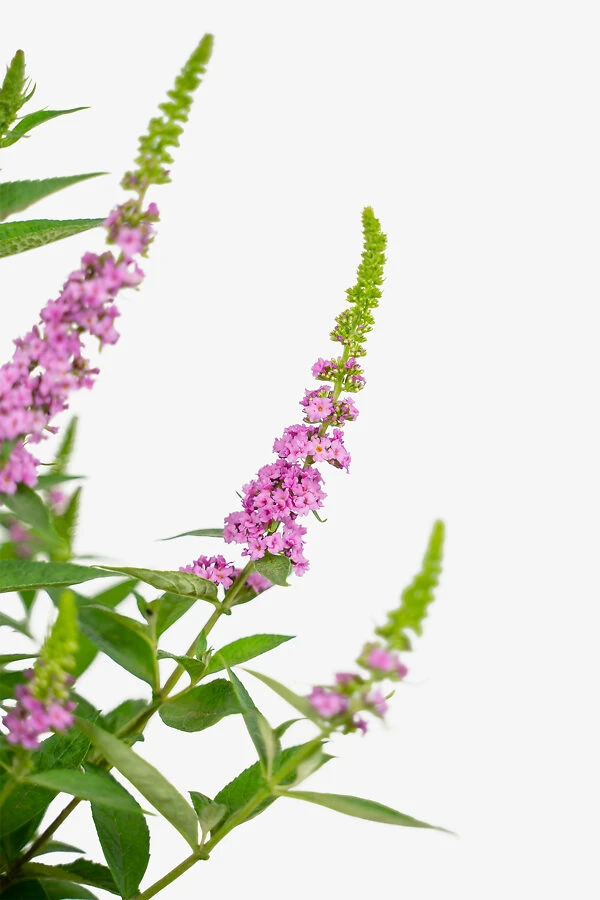


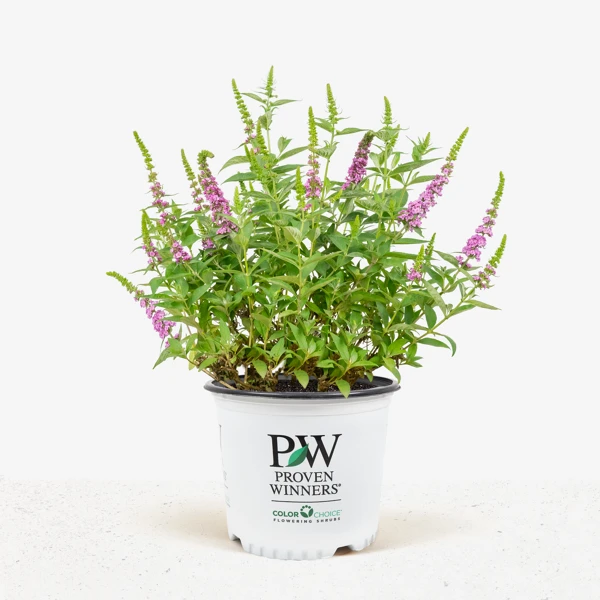
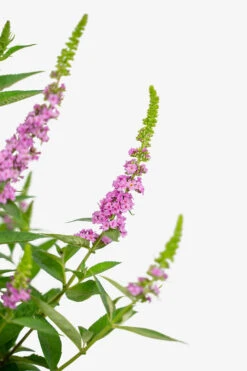

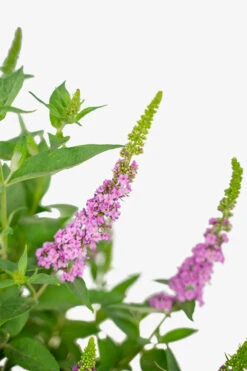


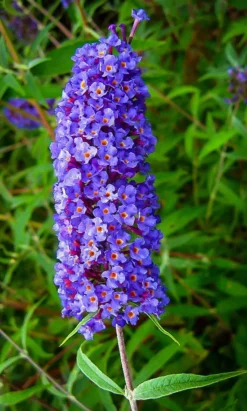
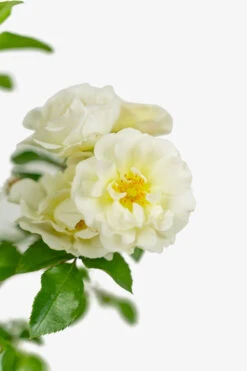
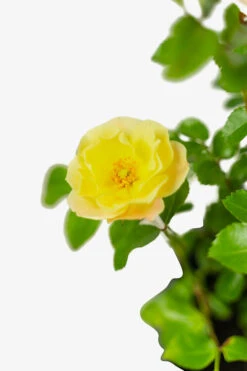
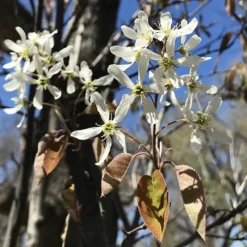



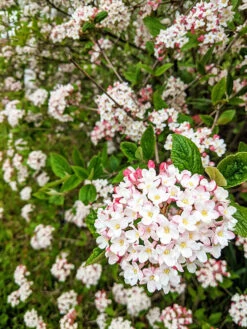
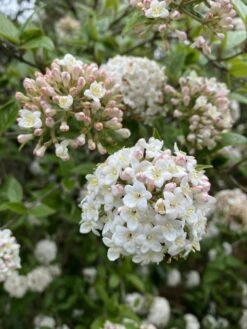
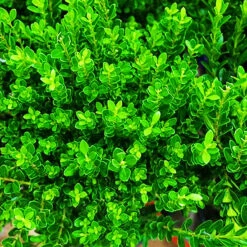

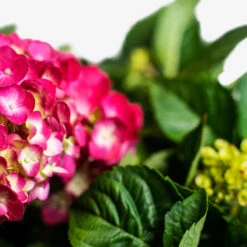
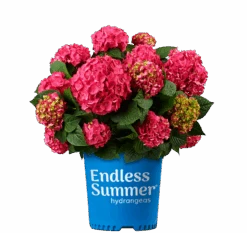
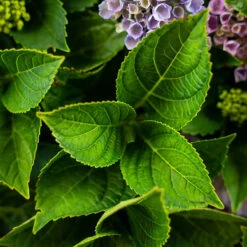
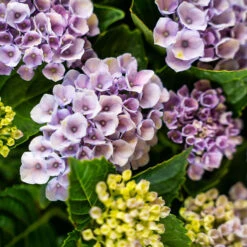
Reviews
There are no reviews yet.